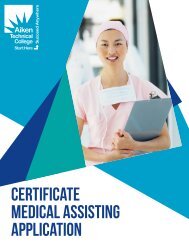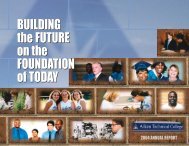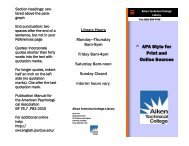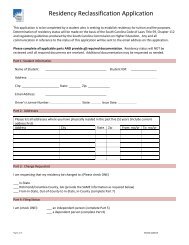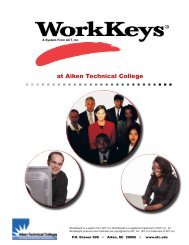2009 Accountability Report - Aiken Technical College
2009 Accountability Report - Aiken Technical College
2009 Accountability Report - Aiken Technical College
Create successful ePaper yourself
Turn your PDF publications into a flip-book with our unique Google optimized e-Paper software.
19<br />
assessment process that identifies needed change; selects a direction for the <strong>College</strong>; communicates that<br />
direction to its personnel; provides the mechanism to develop appropriate courses of action; allocates needed<br />
resources to ensure success; and evaluates results. The results of these evaluations are used to continuously<br />
improve the <strong>College</strong>’s educational programs, services and operations.<br />
ATC employs a multi-faceted approach to planning, budgeting, and evaluation processes through a<br />
comprehensive Institutional Effectiveness model. This approach includes four major components: the<br />
development of the <strong>College</strong>’s vision, mission and institutional values; the development and implementation of<br />
strategic and operational (annual) plans; outcomes-oriented research, assessment and evaluation; and a process<br />
for continuous improvement at all levels within the institution. ATC views Institutional Effectiveness as a<br />
catalyst for facilitating positive change and continuous improvement in the <strong>College</strong>’s programs, services, and<br />
operations. This requires planning and evaluation processes at all levels of the administrative and academic<br />
enterprise that identifies needed change, selects direction for the <strong>College</strong>, communicates that direction to its<br />
personnel, provides a mechanism to develop appropriate courses of action, allocates resources to ensure<br />
success, evaluates results, and uses those results to seek continuous improvement.<br />
The <strong>College</strong> utilizes a participative structure that includes the governing board, executive leadership, faculty,<br />
staff, students, educational partners, state system central office, business and industry leaders, and community<br />
leaders to ensure a representative, forward-looking, and fact-based quality of input. External stakeholders


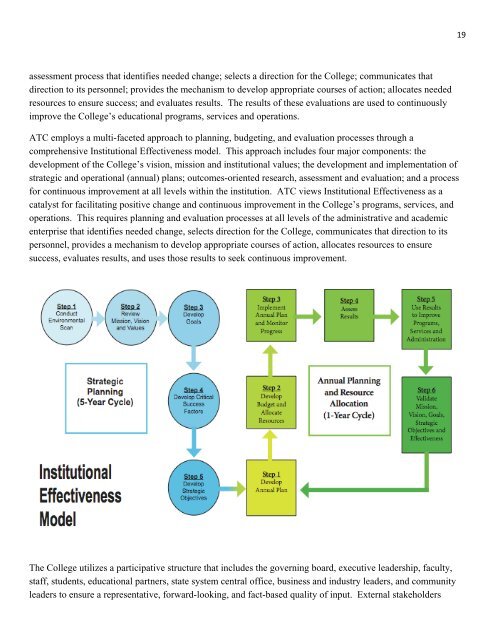
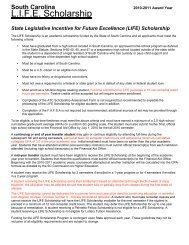
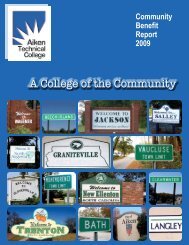
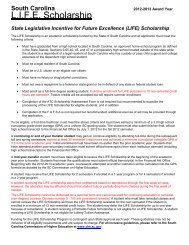
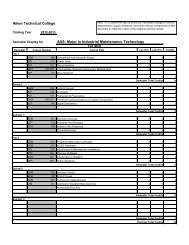

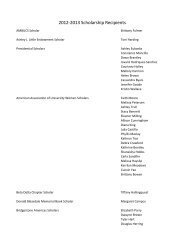
![MLA PowerPoint presentation [PDF] - Aiken Technical College](https://img.yumpu.com/36398339/1/190x143/mla-powerpoint-presentation-pdf-aiken-technical-college.jpg?quality=85)
